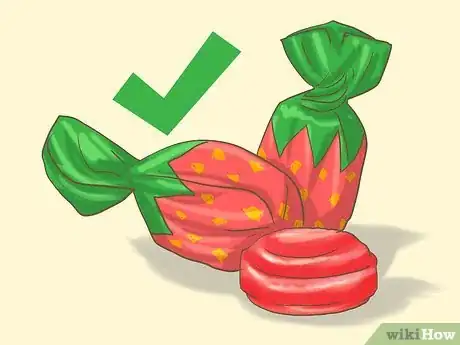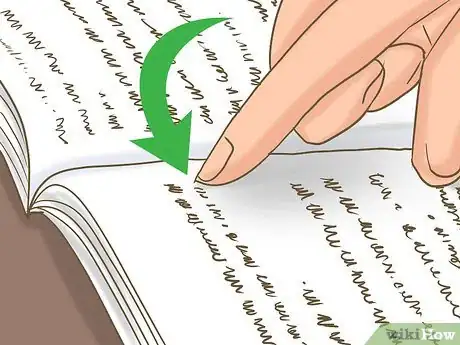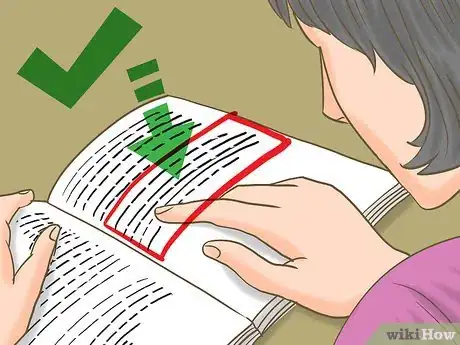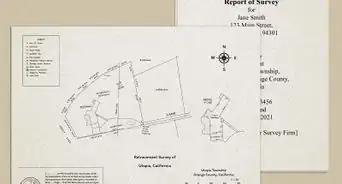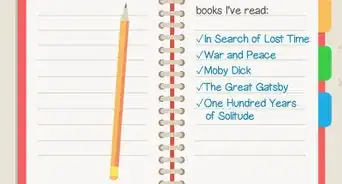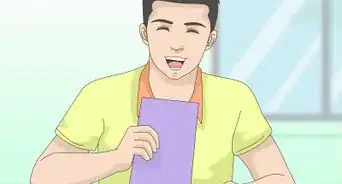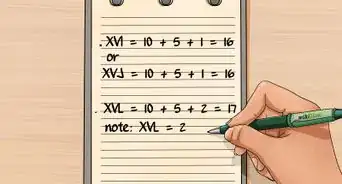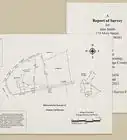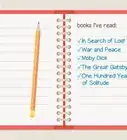This article was co-authored by wikiHow staff writer, Danielle Blinka, MA, MPA. Danielle Blinka is a Writer, Editor, Podcaster, Improv Performer, and Artist currently living in Houston, TX. She also has experience teaching English and writing to others. Danielle holds a Bachelor of Arts in English, Bachelor of Arts in Political Science, Master of Arts in English with a concentration in writing, and Master of Public Administration from Lamar University.
This article has been viewed 28,579 times.
Learn more...
Subvocalization is a normal part of reading that helps you comprehend the text better. You may subvocalize by saying words aloud or in your head. Although it's a normal habit, you may want to stop subvocalization so you can speed read. You may be able to overcome this habit by occupying your mouth so you can’t read aloud. Alternatively, keep your mind busy so you can’t say the words in your head. As another option, practice focusing on the text.
Steps
Occupying Your Mouth
-
1Chew gum to keep your mouth busy if you tend to read aloud. Chewing gum makes it difficult for you to use your lips and tongue to form words. This means you’re less likely to recite or mouth the words you’re reading. This is a simple, easy way to stop a subvocalization habit.[1]
- Choose a sugar free gum to reduce the risk of dental cavities.
Tip: As an added bonus, chewing gum can help you stay focused on a task for extended periods of time, meaning it may help you read for longer.[2]
-
2Suck on a piece of hard candy so you can’t talk. Similar to chewing gum, eating candy may also help you stop saying or mouthing words as you read. Put the candy on your tongue when you sit down to read. The candy will keep your mouth busy and make it hard for your lips and tongue to form words.[3]
- Keep a bag of hard candy nearby while you’re reading or studying.
Tip: Peppermints are a great option if you plan to suck on a hard candy. The smell and taste of peppermint may improve memory and concentration, so sucking on a peppermint may help you be even more productive.
Advertisement -
3Put a pencil or pen perpendicular across your mouth. Hold a clean pencil or pen so that it lays across your bottom lip, then gently bite down on it. The pencil or pen should stick out on either side of your mouth. Leave the pencil or pen in your mouth while you read to make it harder for you to read aloud or mouth the words.[4]
- Try not to chew the pencil or pen. Just hold it in your mouth to keep you from moving your lips.
- If the pencil or pen becomes uncomfortable, you might want to switch it up by alternating between the pencil or pen and a piece of gum. This might help you prevent your jaw from getting tired.
- Make sure the pencil or pen you use is clean and new. Don’t put a dirty object in your mouth.
Keeping Your Mind Busy
-
1Listen to music while you read. Music will distract your mind just enough to stop you from saying the words in your head as your read. Listen to songs through earbuds or play them through a speaker. Choose music that calms and relaxes your mind so you don’t get distracted by it.[5]
- For best results, choose instrumental music. It’s best to avoid lyrics, which can make it hard to process the words you’re seeing on the page.
Tip: While you might think of classical music when you think instrumental, you can find instrumental albums that fit a variety of musical genres. If you aren’t a fan of classical music, look for an instrumental album in the genre you prefer.
-
2Count to 4 in your head while you read a block of text. While reading, repeat 1, 2, 3, 4 in your head. As you count, try to keep your focus on the text, not the numbers. The mindless counting in the back of your head should prevent your mind from saying the words you're reading.[6]
- This may take some practice for you to get used to it, so don’t try it with an important reading, such as a book for school, until you know you can do it well.
-
3Say the alphabet or list the vowels A-E-I-O-U as you read. Repeat the letters over and over in your mind as you read. However, focus your attention on the words you’re reading. The mindless repetition of the letters should help you stop subvocalization as you read.[7]
- Just like with the counting technique, it may take you some practice to get used to comprehending what you read while you’re trying this technique. Don’t use it while you’re reading an important text until you know you can do it.
Focusing on the Text
-
1Use a pointer to direct your attention to the words on the page. Point at the words on the page with your finger, a pencil, or a pen. Slide the pointer under the words as you read. Move the pointer fast enough that it’s hard for you to vocalize each word, either aloud or in your mind.[8]
- In addition to helping you stop subvocalizing, using a pointer can help you keep your attention on the text.
-
2Focus on blocks of text, not individual words. Reading word-for-word slows down the speed of your reading, and it makes you more likely to subvocalize. That’s because your mind naturally recites the words it sees on the page, whether it’s aloud or just in your head. To prevent this, take in an entire line or paragraph of text at one time.[9]
- Gaze at a whole paragraph or page at one time, rather than looking from word-to-word. Start by focusing on a few words at a time, then slowly increase how many words you take in at once as you get used to the process.
- This helps you focus on the meaning of the text as a whole, not just the definition of individual words.
-
3Use a piece of cardboard to box in a block of text. Cut the cardboard into a square about the size of a book page. Then, use an exacto knife or scissors to cut out a small box in the middle of the cardboard. At first, cut your box just big enough to see a line at a time. Put the cardboard over the page to isolate a line of text, then slide the box down the page as you read.[10]
- The box will help your brain focus on larger pieces of text rather than just a single word. Your eyes will naturally look at the box as a whole, not each word.
- After you get used to a single line, expand the box so it’s big enough for 2 lines. Then, cut your box to fit an entire paragraph. You can continue to expand your box until a whole page of text fits in the box.
Tip: Focusing on larger blocks of text helps you stop subvocalizing because your brain is reading the words too fast to repeat them.
Warnings
- Although stopping subvocalization can help you read faster, it may also reduce your reading comprehension. If you just want to read more books, then it may not matter if you don't get a deeper understanding of the text. However, you may need to subvocalize when you're reading a text for school.[12]⧼thumbs_response⧽
References
- ↑ https://myspeedreading.com/minimize-subvocalization/
- ↑ https://www.sciencedaily.com/releases/2013/03/130308093933.htm
- ↑ https://myspeedreading.com/minimize-subvocalization/
- ↑ https://myspeedreading.com/minimize-subvocalization/
- ↑ https://myspeedreading.com/minimize-subvocalization/
- ↑ https://www.aje.com/en/arc/tips-for-reading-more-quickly/
- ↑ https://www.aje.com/en/arc/tips-for-reading-more-quickly/
- ↑ https://myspeedreading.com/minimize-subvocalization/
- ↑ https://www.brookhavencollege.edu/aboutbhc/readingtheappforlife/Documents/quick-tips-for-better-reading-final.pdf

